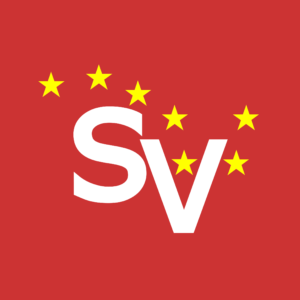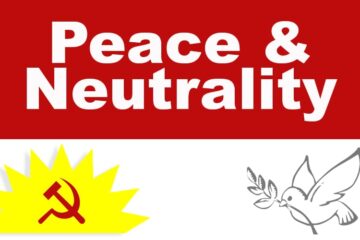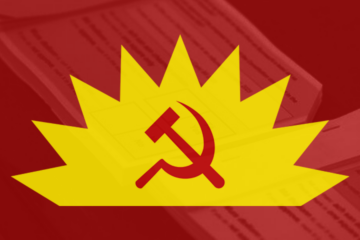One of the most insidious aspects of the geopolitical world order is the co-opting of popular struggles to prop up US hegemony. This could not be truer than in the conflict between the shallow liberal feminism of the West and the decolonial and anti-imperial feminism in the global south and indigenous people’s movements. We see the language of liberation used to justify imperialism.
The US has an extensive history of manipulating “human rights” as a pretext for regime change. The Islamic Republic of Iran has long been accused of gross human rights violations by the US, with a particular focus in recent years on the oppression of women. Following the tragic death in 2022 of Mahsa Amini, a Kurdish Iranian woman, after being detained by the Gasht-e-Ershad – labelled the “morality police” by the West, but more suitably translated as the “Guidance Patrol” – Western media was flooded with news of a popular women’s uprising against the mandatory Hijab dress code. But as Sharmine Narwani writes:
“The hijab is a ‘symbol’ of the Islamic Republic, and symbols – as we have seen in countless hybrid wars conducted in West Asia and beyond – are the first and easiest targets for external provocateurs.”
The chauvinist notion entrenched in liberal feminism is that Western ideas of equality should form the basis of the global women’s liberation movement, which has led to the focus of the movement, emanating from the US, on the Hijab as a symbol of oppression. In the case of Iran, the narrow focus of liberal feminism ignores the decades long sanctions imposed by the West which ultimately punish working-class women through high inflation, unemployment, limiting access to medicine, etc.
The concern of the United States was its desire for regime change in Iran to revive the imperialist domination it once enjoyed under the Shah by weaponising women’s liberation to destabilise the incumbent Islamic regime. The Islamic Republic and its material support for the Axis of Resistance actors present an obstacle to US foreign policy interests in the region more broadly and its declining influence stemming from its unconditional support for Israel in its ongoing genocidal war in Gaza.
The fact remains that the US has no concern for human rights violations, being one of the world’s leading perpetrators of such violations, and even less concern about women’s rights. This blatant disregard has been on full display to the world for over 140 days as it funds and arms the Zionist entity perpetrating a genocide in the Gaza strip, where the majority of victims have been women and children. US government representatives – from Joe Biden to Hillary Clinton – continue to repeat the unverified IOF claims of “mass rape” on October 7th, despite Israeli media reports which have concluded that there is little evidence to support these claims. Contrast this with a UN finding that there is credible evidence that Palestinian women suffered sexual abuse and assault while detained by the Occupation Forces, with this failing to make headlines in any Western media. The silence from the West’s feminist movements is also deafening. Arab and Muslim women are the wrong kind of victims for liberal feminism in this genocide.
The protests in Iran have subsided with neither change to the regime or the mandatory Hijab dress code. With liberal feminism in the West now completely disengaged from the greater class struggle, it has become a useful tool to maintain US hegemony and the capitalist system. As Janna al-Kadri writes:
“The US concocts many identities bereft of class to undermine working-class unity.”
Women’s rights are borne from the greater class struggle and must be rooted in decolonisation and anti-imperialism if they are to be genuinely emancipatory. The dominance of modern liberal feminism – more appropriately termed ‘imperial feminism’ – can only be overcome by re-establishing the women’s liberation movement in the broader class struggle against capitalism and imperialism.
– C. Ní Mhaoilfhinn, CPI International Newsletter, Vol. 2 2024









